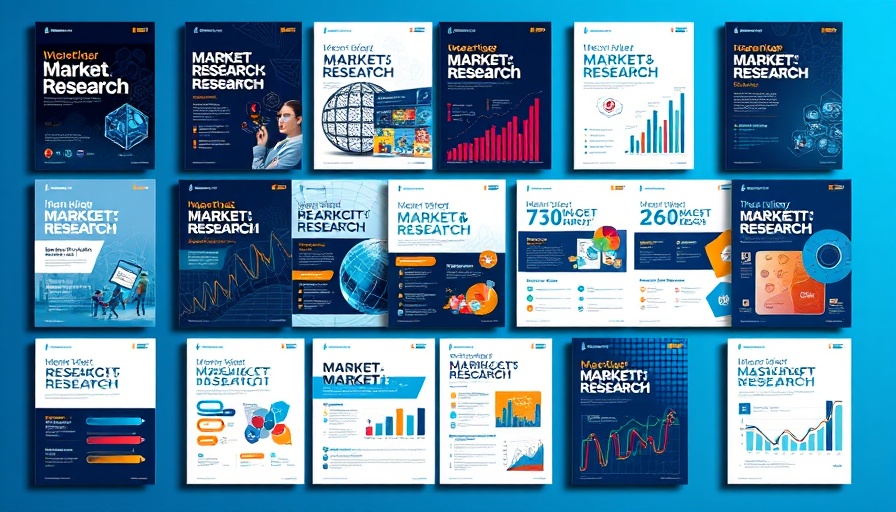
Why Are Chinese Universities Regulating AI Content?
As graduation approaches, many students in China face new hurdles in their academic journey. Universities are implementing regulations that determine the amount of artificial intelligence-generated content—dubbed the "AI rate"—allowed in their theses. This rule, while aiming to uphold academic integrity and prevent misconduct, has sparked considerable debate among students and educators alike.
Understanding the Concern: Misuse of AI in Academia
The rapid advancement of generative AI tools like ChatGPT has raised alarm bells in educational institutions. Many educators worry about the integrity of academic work due to reports of data falsification and content fabrication stemming from unregulated AI use. In response to these concerns, some universities now use the AI rate as a determining factor in approving theses. However, it’s important to recognize the unintended consequences such regulations may brew.
China's Stance: AI Detection Tools as 'Superstition Tech'
An official publication from China's Ministry of Science and Technology has labeled the reliance on AI content detection tools a form of "technological superstition." The publication warns that these detection tools can yield misleading results. In fact, the editorial pointed out a troubling example: a renowned essay written over 100 years ago was assessed as being over 60% AI-generated by these tools. This highlighted the potential for serious misjudgments, where authentic work could be mistakenly flagged as AI-produced.
The Human Cost: Students Voice Their Concerns
Many students have expressed frustration with this technology. Imagine pouring your heart into a thesis only to have it labeled as AI-generated due to an inaccurate detection tool! This scenario is becoming increasingly common, leading to anxiety among students who fear their hard work could be dismissed.
The Future of AI in Education: Opportunities & Risks
As educational systems grapple with these changes, it’s crucial to find a balance that encourages the responsible use of AI while preserving the authenticity of academic work. Institutions must consider more than just an AI rate; they need to explore how AI can be used ethically and beneficially in the educational landscape. By fostering an environment that prioritizes learning over policing, universities may unlock valuable opportunities for collaboration between students and technology.
Practical Tips: Bypass AI Detection & Maintain Integrity
For students worried about AI detectors, there are ways to navigate this challenge. One approach is to ensure that your work reflects your unique voice and perspective. Adding personal anecdotes, real-world examples, and critical analysis can make your writing stand out as authentically human. Additionally, you can explore resources such as Prompt2Human to help refine your work and possibly counteract AI detection woes.
As students, immersing yourselves in authentic writing practices is essential, not just to comply with academic standards but to truly engage with your material. Remember, it’s the creativity and individuality that bring your work to life.
 Add Row
Add Row  Add
Add 




 Add Row
Add Row  Add
Add 

Write A Comment